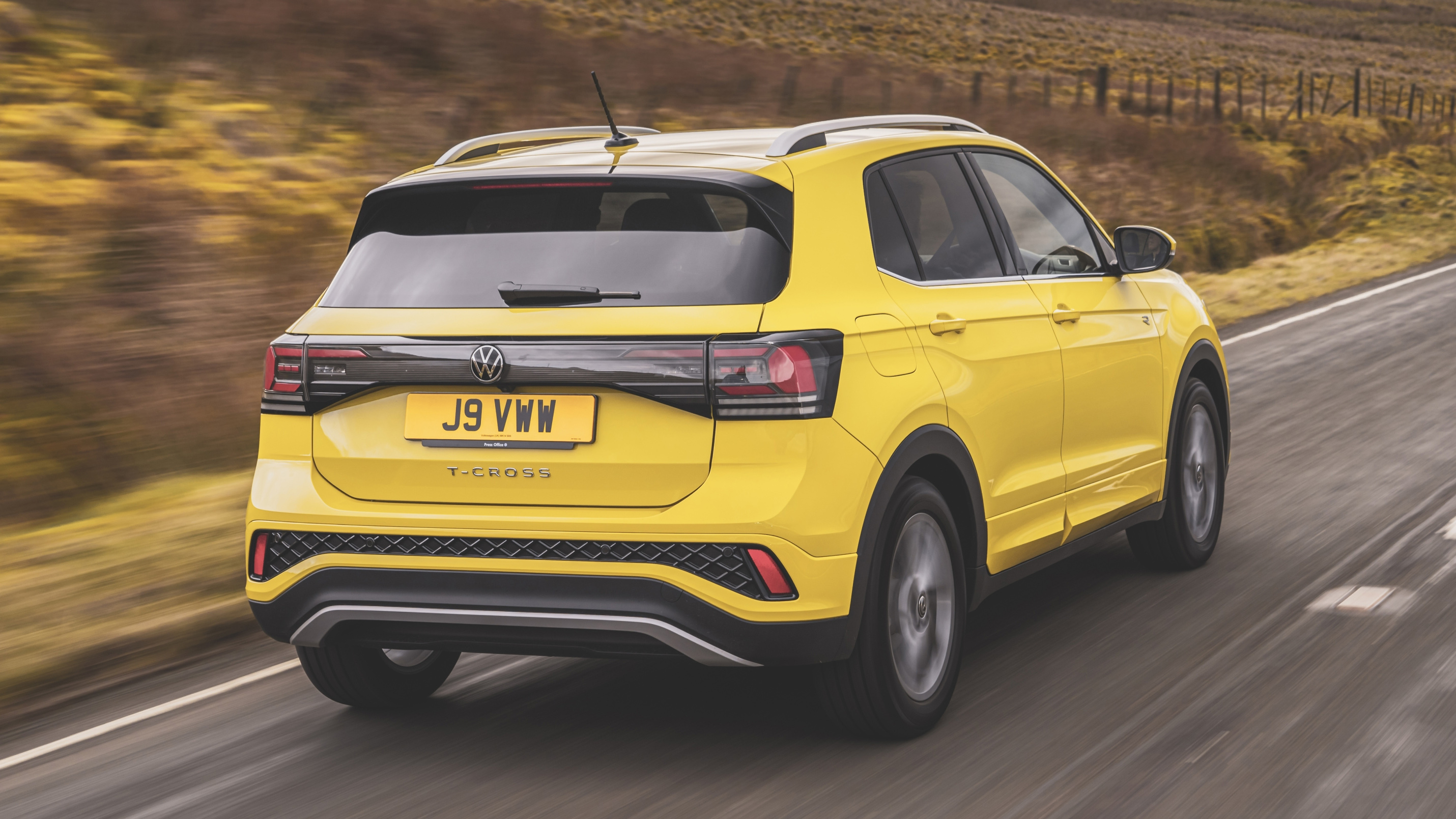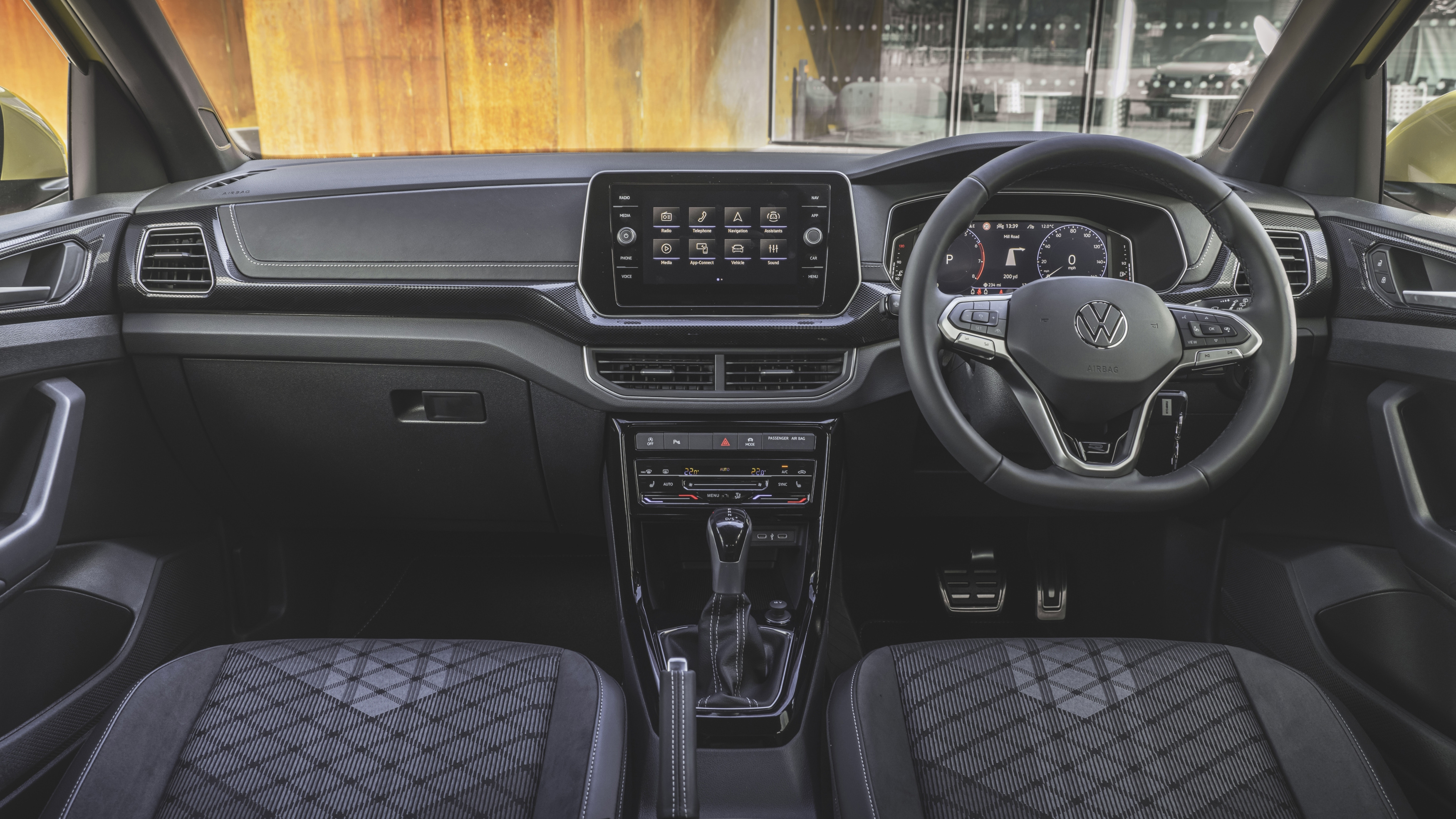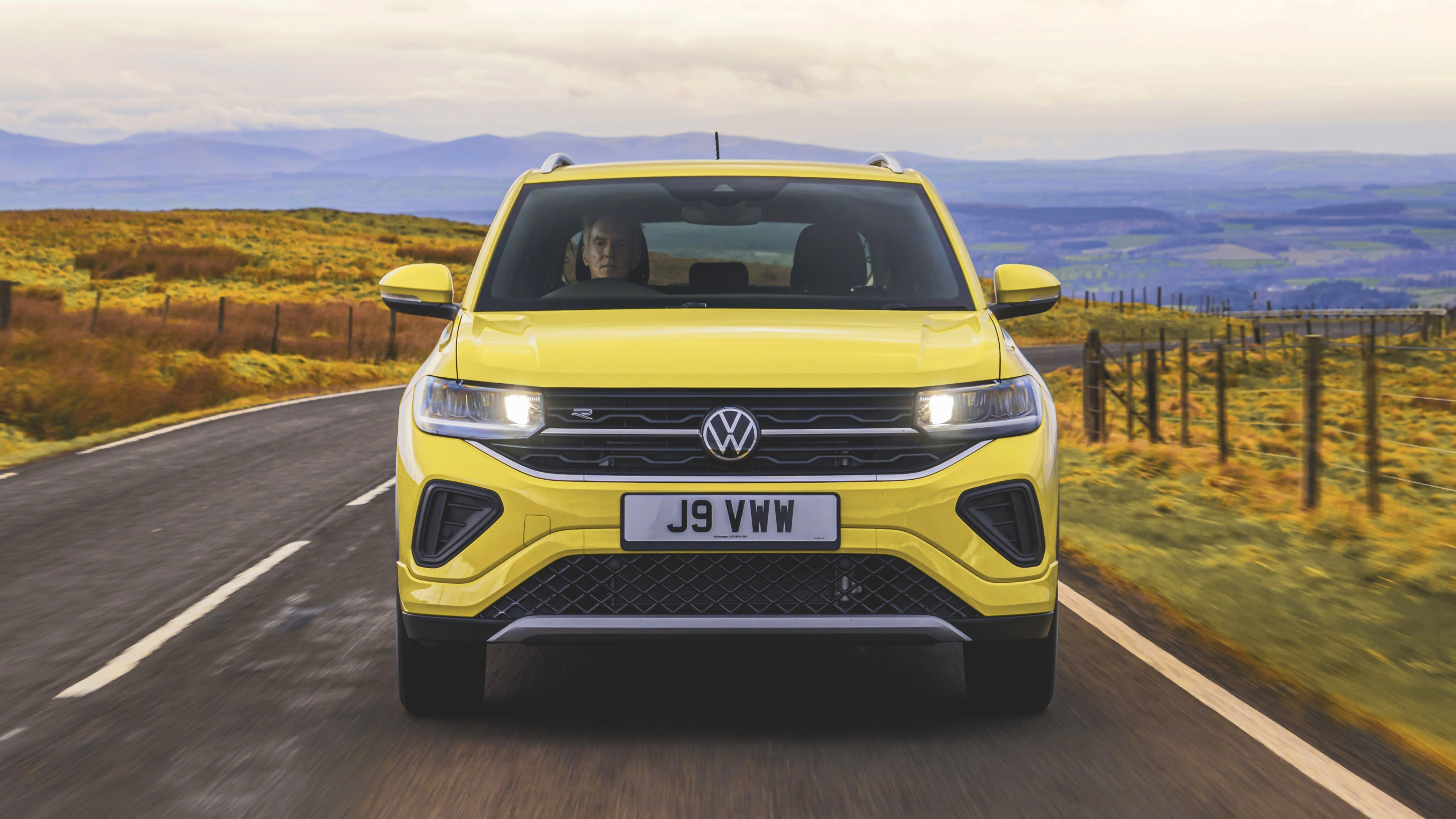
Interior
What is it like on the inside?
It was obvious in the pre-facelift car that VW had saved some cash in the interior. The vast majority of the plastics were scratchy and not especially attractive. The door panels, for example, were hard, hollow-feeling items with a tiny padded section on which to rest your elbow. If you were coming from a Golf or Polo, this is not what you’d have been used to.
Interior quality is one of VW’s main areas of improvement for the facelift though. There’s now a redesigned dash with softer surface materials and a prominent infotainment system, plus much more soft-touch materials on the doors if you go for Style or R-Line trim. There’s still a separate climate control panel, too.
You also now get a digital dial display as standard, plus an 8.0-inch infotainment screen that can be optionally upgraded to 10.25-inches. The latter comes as standard with R-Line trim and the infotainment system itself has good graphics and is easy enough to navigate around. The standard-fit leather steering wheel is a nice enough item with proper physical buttons, and the digital instrument cluster is clear and easy to read.
What about interior space?
The T-Cross has the same wheelbase as the Polo, but the body is bigger in every dimension, giving corresponding increases in passenger and luggage space. The rear seats are fine: adults up to six-and-a-bit foot can sit behind themselves with enough knee and head-room that they won’t complain. Much. They will if you stick someone in the middle seat, though. Not a wide car, this.
As for storage you get 385 litres of boot space with the rear seats in place, or 1,281 litres with them folded flat. About 10 per cent more than you get in a Polo. Handily, the rear bench seat in the T-Cross can slide forward a full 140mm, which can up boot space to 455 litres.
Featured

Trending this week
- Car Review
BMW iX3






